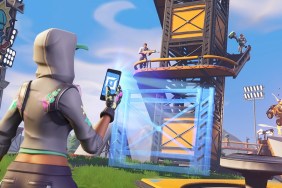From the outside, Overwatch is an upbeat game. Its diversity and colorful art style breed a more welcoming atmosphere that seems court people that tend to avoid online shooters. Although it’s still an online community, meaning that toxic scumbags are sure to follow despite the art direction and charismatic cast. Blizzard knows this and has implemented positive reinforcement systems to not…

Atlas is an action-rpg with rogue-like elements where you use your ability to control the ground to fight the enemies and move through procedurally generated worlds.










